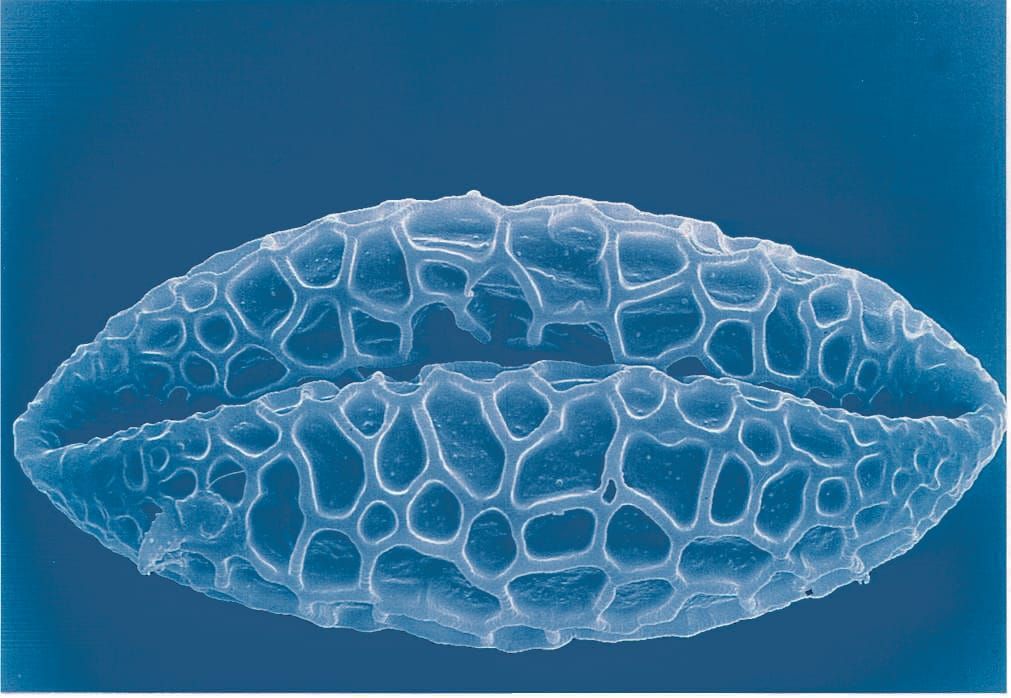On the rise
Allergens increase risk of accidents
Worldwide, more and more people are suffering from allergies or asthma. Around 30 percent of the world’s population suffer from allergies. Approximately 86 percent of all allergy sufferers suffer from pollen allergies. These can manifest themselves during times of high pollen concentrations in the form of colds, swollen nasal membranes, sneezing attacks and watery eyes, adversely affecting the lives of sufferers.
Pollen concentration in the air is dependent on temperature, weather and wind conditions and can remain high throughout virtually the entire year. In the northern hemisphere, alder pollen and grass pollens can still occur until winter. Allergies thus present a high traffic safety risk all year round, for sufferers and non-sufferers alike since they are exposed to different allergens and pollutants in a very confined space. During car journeys, drivers and passengers. Even a brief sneezing fit can be dangerous. At 80 km/h, a single sneeze leaves the driver driving blind for 25 meters.
Sneezing at 80 km/h:
25 m "blind driving"
micronAir blue: Natural allergen barrier, long-lasting protection
micronAir blue is a relief for allergy sufferers. The cabin air filter eliminates up to 100 percent of ≥2 micron allergens and sustainably protects drivers and passengers against the smallest microorganisms in the critical PM2.5 area, such as bacteria and fungal spores. This is achieved through a long-term stable impregnation of the functional filter layers based on natural fruit extracts. With its properties, micronAir blue meets the strict requirements of the European Centre for Allergy Research’s ECARF “allergy-friendly vehicle interior” quality seal.
Allergen facts

- People suffering from allergies or asthma tragically find it almost impossible to escape allergens, since they are found almost everywhere in the environment.
- In total, around 20,000 allergens are currently known to science.
- Allergens can be transferred via pollen, dust mites, insect bites, animal hair and food.
- In the majority of cases, a drug-based cure is not possible. Medicines usually only relieve the symptoms and prevent further aggravation.









